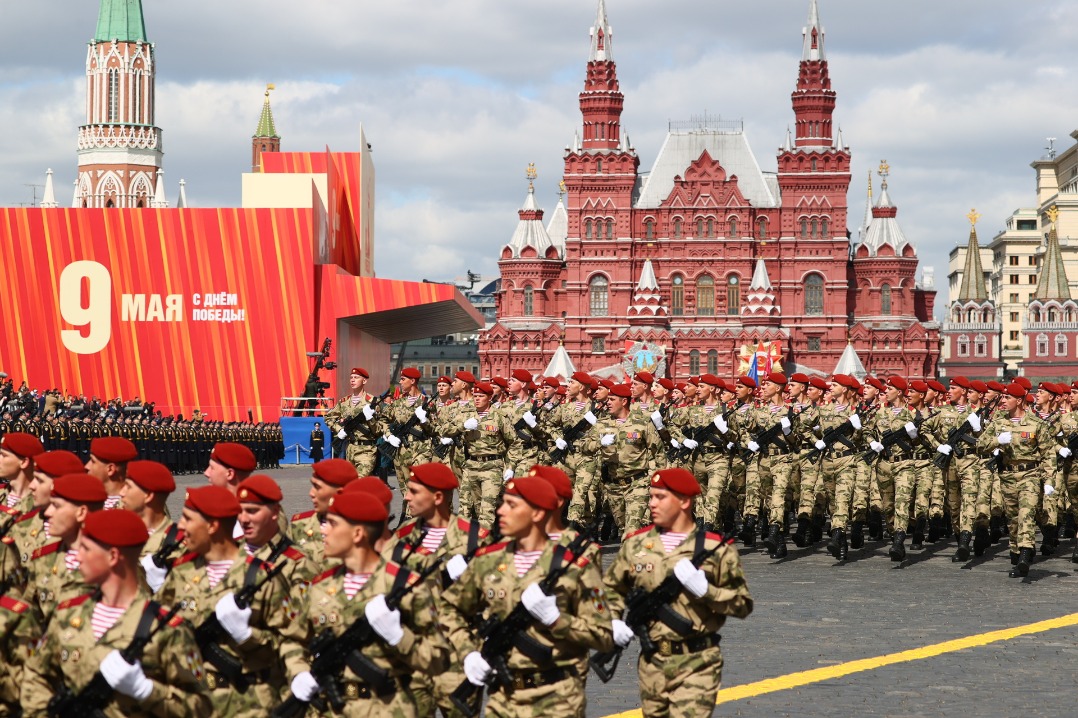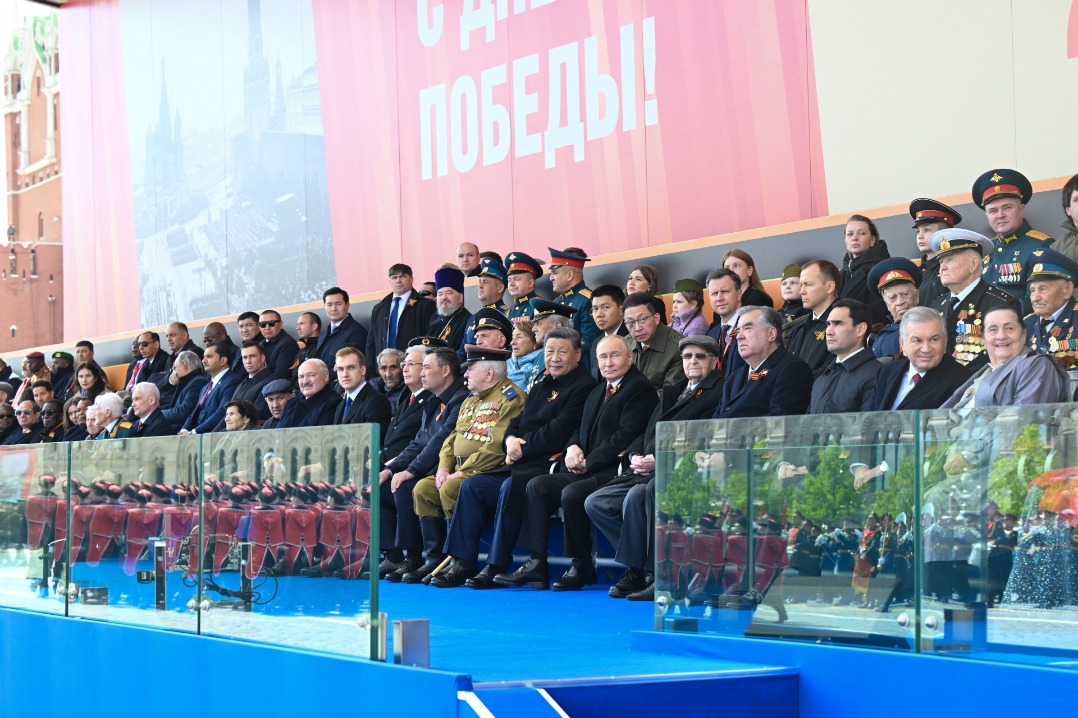Unbreakable bond spans decades
Wuhan and Duisburg share cooperation in various fields, enhancing relations between China, Germany

Editor's note: Amity between the people holds the key to sound state-to-state relations. China Daily will come out with a series of stories highlighting Chinese cities' special connections with sister cities, mutual understanding, trust and friendship between peoples of different countries and cultural backgrounds, and shining light on "city diplomacy".

The Chinese city of Wuhan and the German city of Duisburg joined hands in 1982 to become the first pair of sister cities between China and Germany. Decades have passed, and people still remember that this enduring friendship originated from a letter written by a German woman.
In the 1970s, Germany assisted in the construction of a cold-rolling steel plant in Wuhan. At that time, approximately 300 German engineers and their families lived in Wuhan, with the majority hailing from Duisburg.
One day, a German engineer and his wife took a walk along the Yangtze River. Seeing the scenery where the Han River meets the Yangtze River, the wife couldn't help but think of her hometown, Duisburg, which is situated at the confluence of the Rhine and Ruhr rivers and is also an industrial city.
Upon returning, she immediately wrote a letter to the then mayor of Duisburg, urging for a sister-city relationship between Duisburg and Wuhan, according to the local Wuhan newspaper, the Changjiang Daily.
Wuhan is located at the confluence of the Yangtze River and the Han River in Central China. It is an important industrial city with an excellent geographical location and convenient transportation by land, water, and air.
Duisburg, on the other hand, is a significant industrial city in the Ruhr area of western Germany. Situated at the confluence of the Ruhr River and the Rhine River, it is a crucial water and land transportation hub in Europe. Additionally, Duisburg is home to the world's largest inland port — the Port of Duisburg.
"It was precisely because German friends who lived in Wuhan discovered that these two cities, whether in terms of geographical location or industrial structure, had such great similarities, that they felt a sense of home here, which prompted the two cities to desire to establish a sister-city relationship," said Wu Min, executive president of the German Federation of Hubei Associations.
On Oct 8, 1982, Wuhan and Duisburg officially became sister cities. Since then, the two cities have enjoyed close cooperation in various fields such as science and education, economy and trade, transportation, culture and tourism, health, gardening, and sports, achieving fruitful results, Wuhan's Mayor Cheng Yongwen said while meeting with a visiting delegation led by Soren Link, the mayor of Duisburg in March.
Cheng said that he hoped the two cities would further deepen exchanges and cooperation in a wider range of fields and at deeper levels. Adhering to the principle of mutual benefit and win-win cooperation, they aim to jointly promote more fruitful outcomes from the friendly interactions between the two cities, making greater contributions to the high-quality joint construction of the Belt and Road Initiative and to enhancing the friendship between China and Germany.
In response, Link said Duisburg and Wuhan share a deep friendship and have broad prospects for cooperation. He hopes to continuously increase the intensity of exchanges, deepen practical and effective cooperation, and further compose a new chapter of cooperation between the two sister cities.
For over four decades, exchanges between these two cities have left many historical marks.
In 1984, Duisburg recommended the German expert Werner Gerich to provide technical consultation for the Wuhan Diesel Engine Factory, a State-owned enterprise. He was later appointed as its director, becoming the first "foreign factory director" in China after the reform and opening-up.
In 1987, Wuhan presented Duisburg with a gift, a Chinese-style garden. The Yingqu Garden, located within Duisburg Zoo, covers an area of approximately 5,400 square meters and was officially opened to the public in 1988, receiving great affection from the local people.
In Duisburg, elements of Wuhan can be seen quite often. In 2015, the German Federal Railway named a passenger train operating in the Ruhr area "Wuhan China Express", the first time in its history that it named a passenger train after a foreign city. Duisburg also named a street and the largest conference hall after Wuhan.
Since the year 2000, Duisburg has held an annual dragon boat race, a traditional Chinese paddling sport, which attracts about 3,000 local and global participants each year. Wuhan has also sent teams to participate in the competition multiple times.























